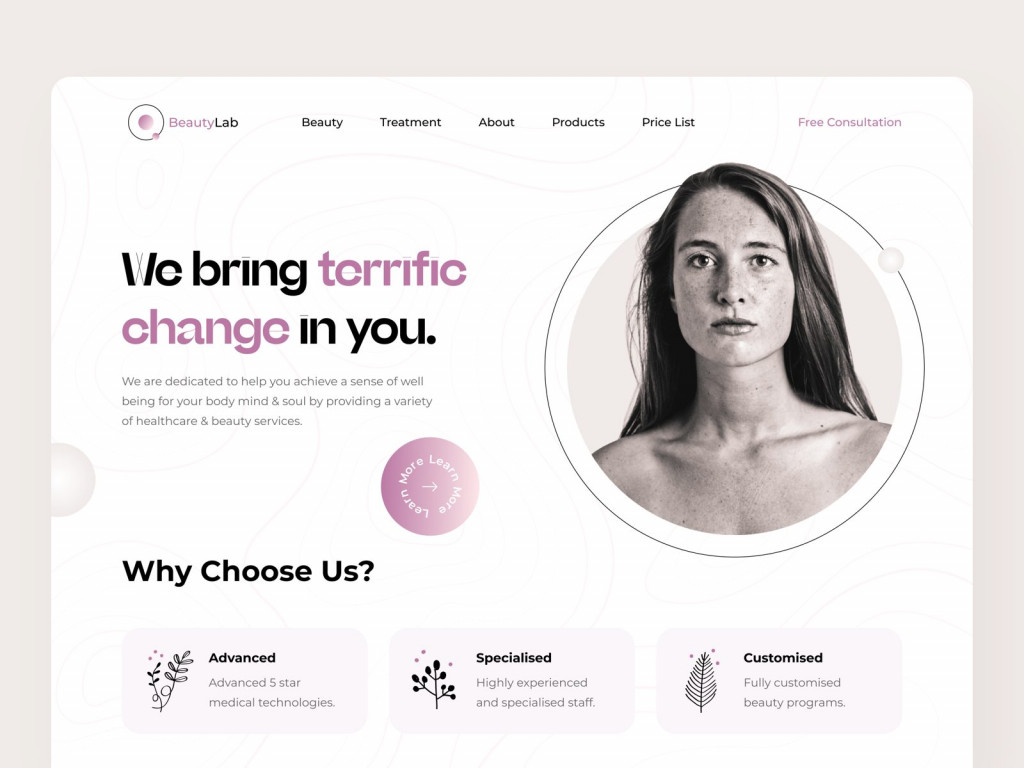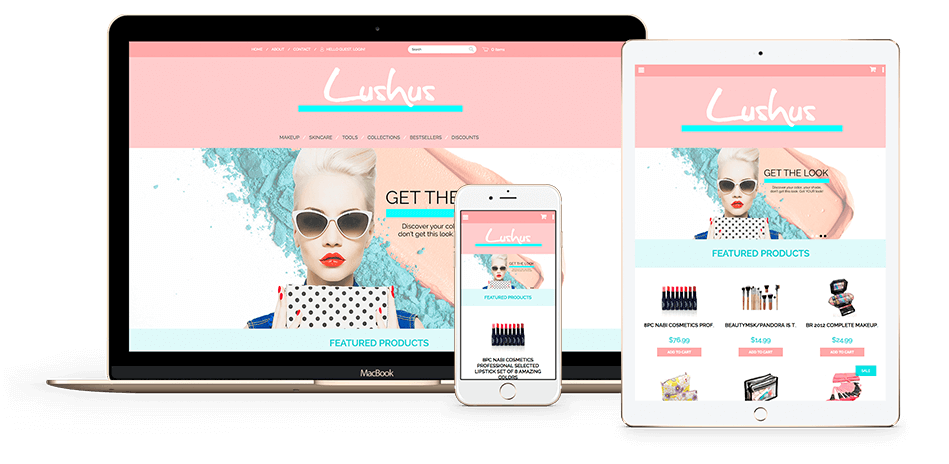Modern Internet Site Layout That Captures Interest and Transforms
In a progressively digital landscape, modern web site layout has emerged as a crucial factor in recording individual interest and driving conversions. As we explore these crucial elements, it becomes clear that comprehending their interaction can substantially affect a website's performance and user complete satisfaction.
Relevance of Visual Power Structure
Visual pecking order is a critical aspect in site design, as it overviews users' interest and improves their general experience. By strategically organizing web content, developers can route individuals to the most vital info initially, thereby enhancing engagement and boosting use. Effective visual hierarchy utilizes numerous strategies, including size, contrast, spacing, and shade. Bigger elements normally attract the eye, while contrasting shades can highlight crucial messages, making them stick out among even more suppressed components.
Incorporating a logical circulation in web content plan is crucial; as an example, putting the most important information on top of a web page promotes instant recognition. In addition, consistent use typography, such as differing font sizes and styles, helps establish a clear material structure. This organization not just aids in navigating yet additionally constructs trust, as individuals really feel a lot more comfortable when they can easily locate what they are seeking.
Eventually, a well-executed visual hierarchy not only enhances visual appeal yet additionally substantially influences individual behavior. By focusing on essential components and guaranteeing a smooth experience, designers can effectively convert visitors right into consumers, enhancing the relevance of this fundamental style principle in modern-day site advancement.
Responsive Layout for All Tools
Creating a seamless experience across numerous tools is necessary in today's electronic landscape, where individuals accessibility sites from tablet computers, smartphones, and desktops alike. Receptive design is a critical approach that makes sure sites adjust fluidly to different screen sizes, resolutions, and positionings. By utilizing flexible grids, photos, and CSS media questions, developers can develop layouts that keep aesthetic integrity and functionality, despite the device being made use of.
The value of responsive design extends beyond aesthetics; it straight influences customer involvement and conversion rates. A web site that functions well on all tools encourages longer gos to and minimizes bounce rates, as individuals are most likely to connect with material that is easy to browse. Additionally, search engines, specifically Google, prioritize mobile-friendly websites in their rankings, making responsive style a vital component of seo (SEO)
Integrating responsive style not only improves individual experience yet also streamlines the development procedure. By developing a single website that functions across gadgets, organizations can save time and resources contrasted to creating different mobile and desktop computer variations. Eventually, receptive design is an essential strategy for contemporary site style, guaranteeing ease of access and satisfaction for all individuals, no matter their device.
Engaging Interactive Aspects
While a receptive layout prepares for a practical site, integrating interesting interactive components is crucial for catching customer focus and cultivating much deeper links. Website Design. Interactive components, such as computer animations, quizzes, and clickable infographics, create a much more dynamic user experience, urging visitors to invest even more time on the site
Incorporating interactive attributes can also lead customers with facility information, making it much easier to absorb content. For instance, interactive sliders can highlight product variations, while embedded video clips can Visit This Link offer demonstrations or testimonies that resonate even more than fixed images or message. Gamification techniques, like rewards for finishing tasks or involving with web content, can improve individual inspiration and retention.
Reliable use of interactive components not only enriches the user experience yet can likewise lead to greater conversion prices. It is important to stabilize interactivity with performance; excessively complicated features may impede site speed, negatively impacting customer contentment.
Structured Navigation Practices
Efficient navigation is a foundation of any kind of successful website, as it straight influences customer experience and material ease of access. Streamlined navigation methods make sure that individuals can quickly situate details, improving their interaction with the site. A well-structured navigating menu ought to be basic and user-friendly, commonly including a limited number of main categories to prevent frustrating visitors.
To accomplish streamlined navigating, developers must prioritize a hierarchical structure that logically arranges web content. Implementing breadcrumb trails can supply users with context concerning their existing area within the site, enabling smooth backtracking. In addition, making use of drop-down food selections can properly conserve area while still offering accessibility to subcategories.
Receptive style is critical, as navigation ought to be functional throughout all tools (Website Design). Mobile users, in particular, take advantage of touch-friendly food selections and collapsible sections that maintain functionality without endangering visual appeals

Reliable Call-to-Action Strategies
A well-crafted call-to-action (CTA) is necessary for guiding users toward preferred end results on an internet site, as it urges them to involve with web content or make a purchase. To maximize their efficiency, CTAs must be clear, compelling, and purposefully placed throughout the site.
First, utilize action-oriented language that connects urgency or value, such as "Get Begun," "Join Now," or "Insurance claim Your Discount." This language not only inspires customers but likewise establishes clear assumptions about the next actions.
Second, think about style aspects; CTAs should attract attention visually via contrasting colors, enough whitespace, and popular positioning. A button that is very easy to see and click increases the likelihood of user communication.
Furthermore, individualizing CTAs based upon user habits or demographics can substantially boost engagement. Customized messages reverberate a lot more with individuals, driving higher conversion prices.

Verdict
These parts jointly boost user experience, ensuring that visitors remain involved and encouraged to explore material even more. By focusing on these design principles, organizations can considerably boost customer retention and conversion prices, ultimately leading to better success in the electronic landscape.
In an increasingly digital landscape, modern site style has actually emerged as an essential aspect in recording user focus and driving conversions.Aesthetic hierarchy is a crucial element in web site layout, as it guides customers' attention and improves their general experience.The importance of responsive layout prolongs past visual appeals; it directly affects user involvement and conversion rates.Integrating receptive design not only enhances customer experience but likewise simplifies the advancement procedure. Ultimately, responsive layout try this out is a fundamental method for contemporary site style, making sure accessibility and complete satisfaction for all customers, regardless of their tool.